Product messaging frameworks, AKA message maps, come in all shapes and sizes. When you’re selecting your framework, ask yourself, “who is the intended audience” as this’ll determine whether you need something plain or fancy, poetic or technical.
In this article, we’ll:
- Reveal a product marketing expert’s preferred messaging frameworks, and her advice for using the framework
- Share a product messaging framework and talk you through how to complete each section
- How to develop your positioning, in preparation for creating your messaging
- Discuss the most common points of failure and how you can avoid making the same mistakes
Tim Hinds, Product & Marketing at GrokSpark has used lots of frameworks over the years and some of his favorites are:
- Pain - Agitation - Solution
- Feature - Benefit - Advantage
- Jobs to be done
It depends on the situation as to which is most effective, but they rarely work completely on their own and require combination and customization.
One that he adapted from a few different frameworks for B2B Saas is:
- Challenges - Do your products solve my problems?
- Outcomes - What am I missing out on if I don’t solve those problems?
- Benefits - What am I going to get from using your products that will help me solve my problems?
- Features - What specifically in the product will give me those benefits?
There’s no one-size-fits-all framework – though that would be nice. Most frameworks have a lot of stuff you don’t need. It’s important to acknowledge framework’s are always a work in progress. Don’t let perfection be the enemy of the good.
When it comes to designing the messaging framework for your company, you don’t need to start from scratch.
Top product marketers start out using a framework that somebody else has already used, test it out, and then readjust and tweak it to work for their company, business model, and process.
Working on your desired frameworks will take effort and time, but once you’re happy with it and it’s signed off, you’ll be amazed at how easy it is for marketing collateral, website pages, and pitch decks to be created.
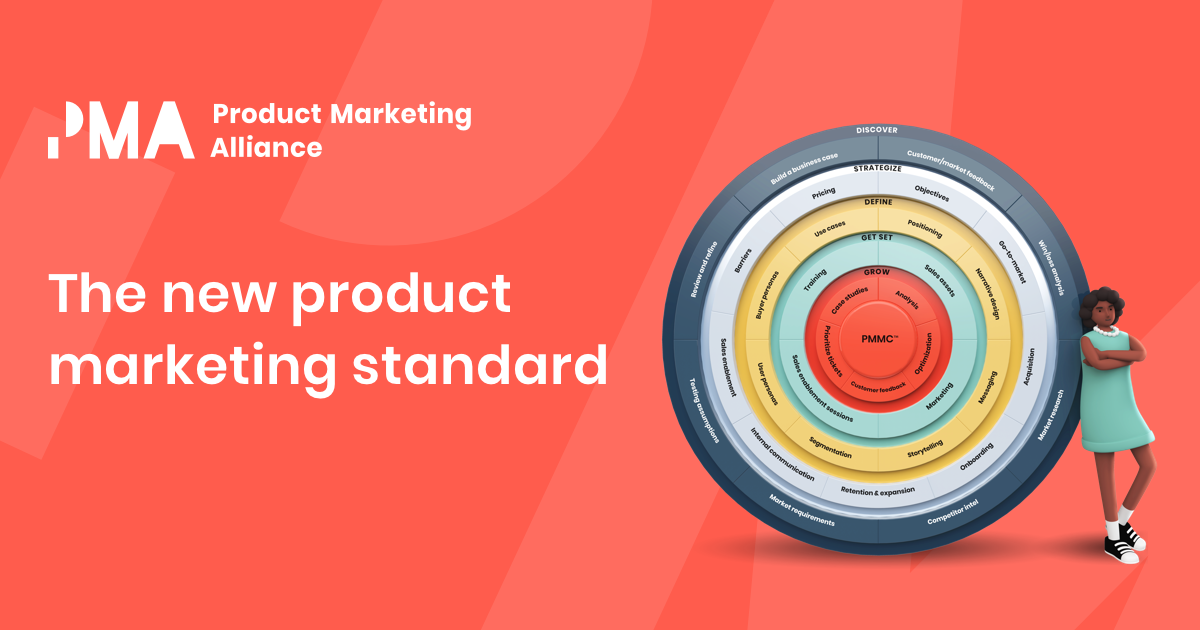
Expert product messaging framework advice
Holly Watson, Senior Product Marketing Manager at Amazon Web Services, enjoys messaging frameworks that take a holistic approach. She says:
“I always like to start at the brand level and make sure that I'm thinking about my nomenclature and taxonomy. What I mean by that is, when I look at the brand at large, I can start to see what our intention is from this 30,000-foot view.
“If I slowly start getting down into the nuances, how do I categorize that? And that's where your nomenclature and taxonomy come into play. Nomenclature is your dictionary, your guidebook.
“When I say ‘product’, what do I mean? When I say ‘feature’, what does that mean? When I say ‘benefit’, what does that mean? It's important, at least amongst the product marketing team, that you're aligned to those definitions. This might also seem something that's, ‘oh, we all know what a product is. We all know what a benefit is.’ But do you?
“I strongly encourage people to double-check that and double-check their nomenclature. Once you as a team have that established, go in and pressure test that against other teams. If your product management team agrees, do they see other ways of categorizing it?
“There are a couple of different ways that you can break that down. Once you have your nomenclature, though, your taxonomy comes into play, and you're able to stack rank and align.”
“Establish how your platform breaks down into specific products, which features are those products being supported by, and whether you need to divide into modules or even capabilities that are smaller than a feature. That type of taxonomy helps you see as a product marketer, opportunities to classify and categorize your story.
“The whole intention of messaging is to succinctly bring a prospect through the buying process and turn them into a paying customer. But not only a customer, a customer advocate, and a massive fan.
“As a product marketer, you have to tell that connected story to make sure that they're following this path throughout their journey.”
As we’ve alluded to previously, there’s no one-size-fits-all approach to messaging frameworks. What works for one company, may not necessarily work for another.
Having shared the pearls of her wisdom, Holly Watson then explained why the challenger sales framework is her ideal option:
“I like the challenger sales framework because it takes us more outside the market perspective. It says, “this is happening in the marketplace, that's going to change the way that you do work in the next few years.”
“If you don't make a change, today, you're going to be on a ladder, and you’re going to be behind the industry. It gives you a reason to act. But you need to set that up through solid stats, and thorough market research.
“Those opinions should not be of the organizations, it should be from valid and trusted sources. This can come from things like Forrester and Gartner reports, and it can come from strong partners.
“Oftentimes, you're seeing things like Accenture or Deloitte, IDC is being quoted in these fashions because they're doing those big market research projects to get that that big picture view, those types of stats should help you influence that, why now, why our solution, which then helps you flip the script and say guess what we have?
“Here's where you can get into those categorizations of your different benefits. And then, of course, you want to end with anything that's going to support that. Do you have customer testimonials/case studies, proof points and claims that you can back up? You then need to root yourself in different use cases.”
What to consider when using the challenger sales framework
Holly Watson endorsed the challenger sales framework, and also outlined what product marketers need to take into account, using iPhone as an example to accentuate her point:
“If you decide to use the challenger sales framework, you need to ask yourself: how are we distinct, distinguishing between a benefit of our solution/our product versus a use case of our solution or product?
“Oftentimes, I see that these are blurred - there's not a distinct version of a benefit of our use case, and I strongly encourage teams to try to make these distinctions. A benefit is something that can be supported by features. So it's much more related to the product or service at hand.
“For example, iPhones have an endless app library that you can connect to, they have facial recognition and are backed by security with facial recognition or your pin of choice. Those are very distinct features of the iPhone, as well as the megapixels on the camera, and other features of the iPhone.
“You can roll those up into a bucketed statement of what a benefit is - again, this is very separate from a use case. A use case of the iPhone is that I get to stay connected with friends and family members on an easy-to-use iOS system that keeps my life organized.
“Your use cases are much more rooted in terms of the value that it's providing. So oftentimes for businesses, we're looking at use cases being related to how we're making and saving money, saving time, reducing risk, or providing some type of added benefit that's going to allow me to do more differentiated tasks.
“Benefits, again, are much more rooted in the product or service, and it can be backed by very clear, distinct features. Tying that all back to messaging, it should be how you look at your messaging framework and how you're creating the storylines.”
Sara Din, VP of Product Marketing at Unbabel, gave her perspective on the challenger sales framework:
“The challenger framework is a way of selling where the seller focuses more on painting a picture of an alternative world rather than frameworks like Sandler which are mostly focused on building relationships with the prospect.
“It’s all about challenging the prospect’s current status quo and getting them to think about alternative options where your product solves a problem they have.
“This method also assumes that by the time prospects talk to a salesperson, they have already done their due diligence in understanding what is out there and how your product works, and they’re only speaking to you because they need to be convinced to purchase.
“The narrative here is critical because first, it requires the seller to paint a picture of the world today and identify a problem with the current world. They then introduce an idea of a solution and introduce the hero - i.e. your product that can solve that problem.
“The challenger method is about building an emotional connection with the prospect and using empathy. It’s also much more prescriptive where the seller acts as a subject matter expert and helps the buyer understand why they should buy (rather than focusing on the what). It also requires the seller to have a very clear value proposition that’s highly tailored to the prospect’s business case.”
Product messaging frameworks
How to complete a product messaging framework
To get maximum impact from messaging frameworks, you need to start by thinking carefully about what you need to do. Then you must define it as a process.
Overhauling your company’s messaging is not something that you or your team can tackle alone, or something you can do all in one go. It needs to involve people from several different departments and will take a long time to complete.
We've spoken to product marketers within our community who’ve spent 4-6 months on their messaging overhauls. This process involved product marketing, sales, marketing, and product, as well as their leadership.
You need to create different layers of messaging and usually, the first to be tackled is brand messaging, also known as core messaging and corporate messaging.
If you work for a company that has lots of products or you have vastly different buyer personas, you may need more than one brand message. You might need messaging tailored to different departments or verticals.
Begin by prioritizing the messaging you want to change, because it's unrealistic for you to think that you're just going to roll out a huge message overhaul in one go. You need to consider having phases and phase one should be your corporate messaging.
If you have two or more personas who have a wide gap in how they need to be framed, you’re going to need different messaging documents for each, otherwise, you’re not going to be speaking to them in a way that makes them tick, relate, and act on what you’re saying. PMAs messaging framework is a great starting point.
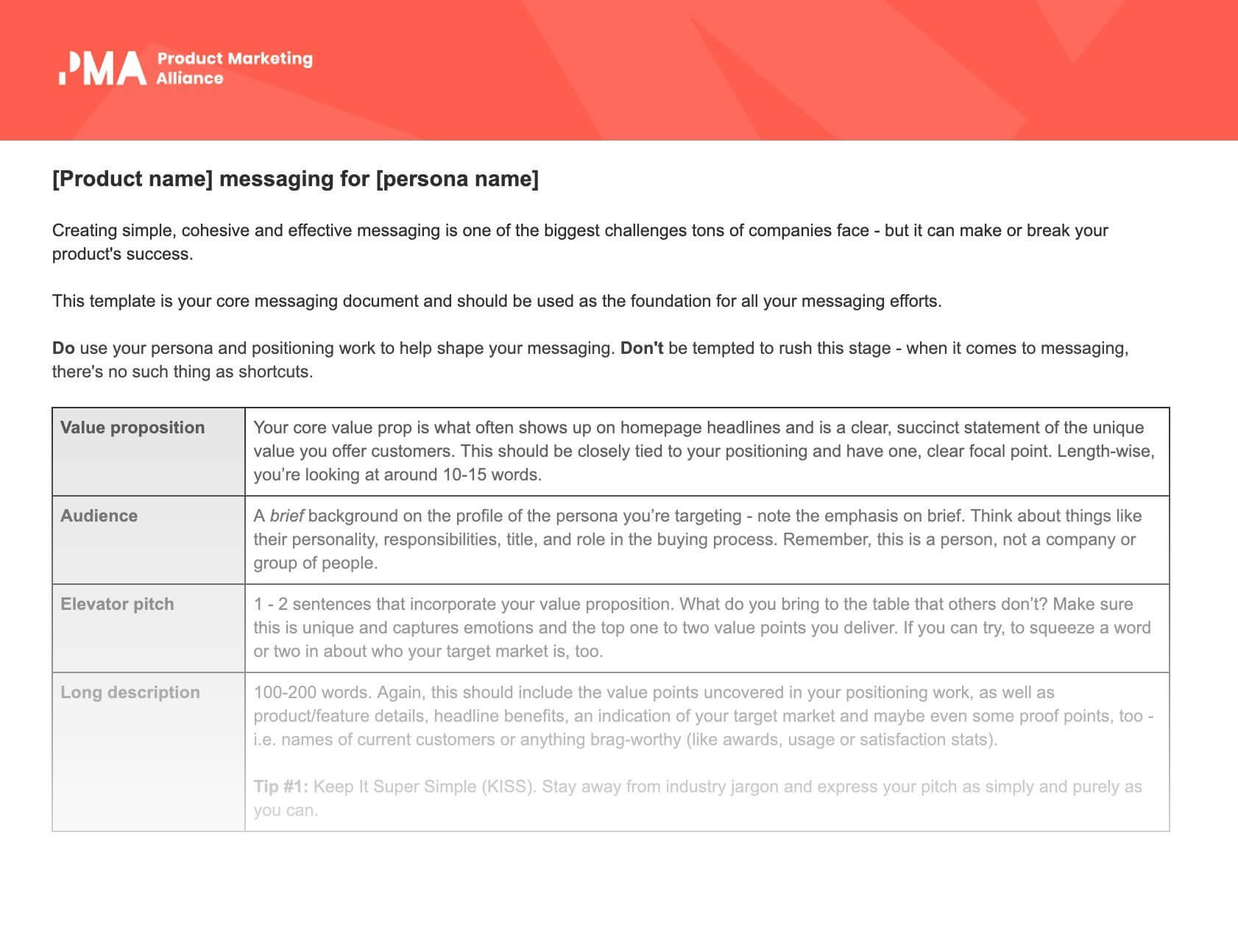
Keep in mind, this framework isn’t prescriptive. For example, if you’re managing multiple products you might have a portfolio message that sits at the top of your document.
Alternatively, if you’re a start-up where things tend to be a bit more blurry to begin with, you might want to include corporate messaging at the top to make sure your corporate and product messaging don’t get mingled.
How to develop your product positioning
Before you begin using the messaging framework, you need to develop your product positioning, as your product messaging is an extension of this. Here’s a framework to help you:
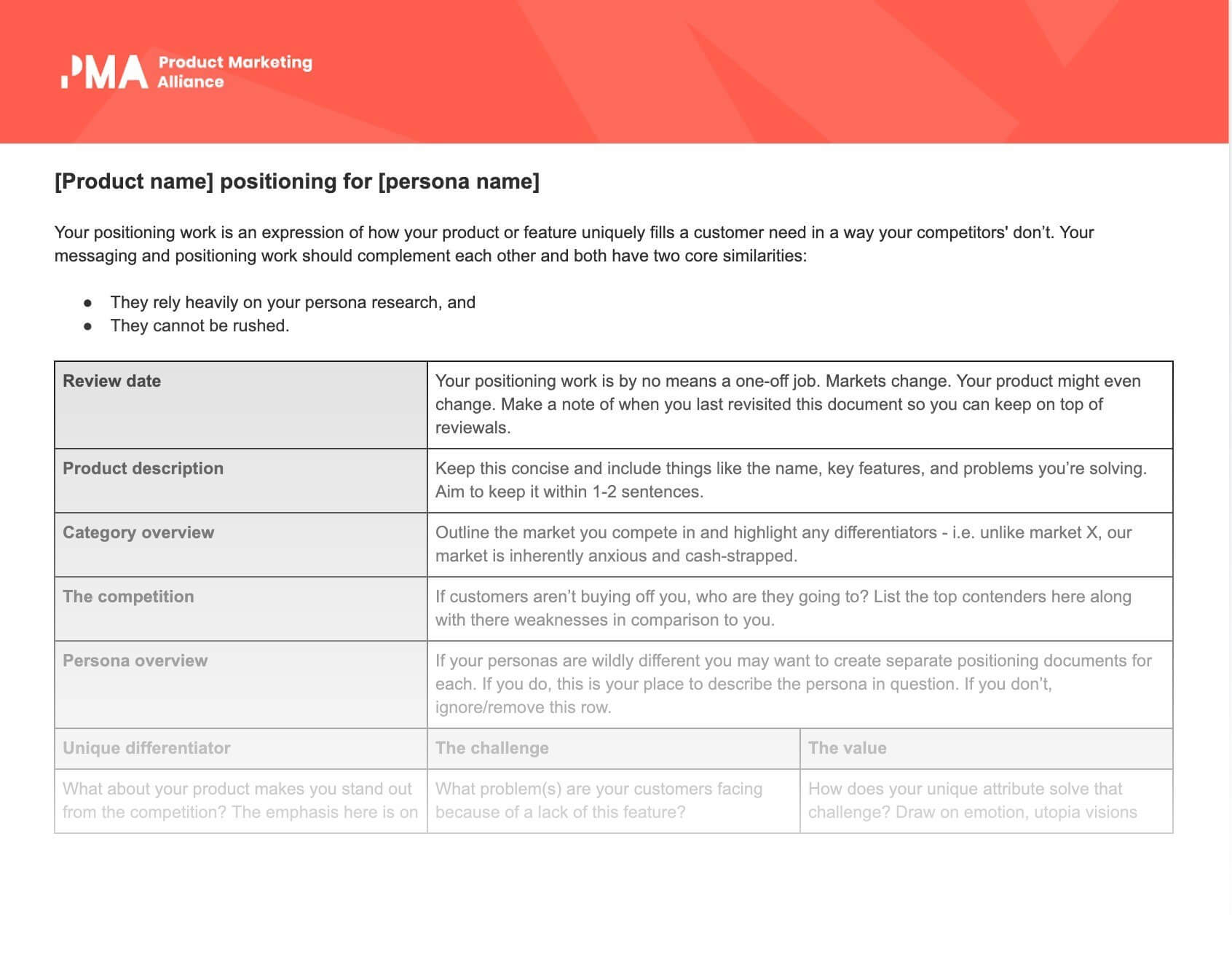
Value proposition
Going back to the messaging template, the first field is your core value proposition. This is what often shows up on homepage headlines and is a clear, succinct statement of the unique value you offer customers. This should be closely tied to your positioning and have one, clear focal point. Length-wise, you’re looking at around 10-15 words.
For example, “Digit analyzes your spending and automatically saves the perfect amount every day, so you don't have to think about it,” and “Slack replaces email inside your company. Keep conversations organized in Slack, the smart alternative to email.”
These might not be their value props word-for-word, but they’re almost certainly a flavor of it.
Audience
Next is your audience. This is a *brief* background on the profile of the persona you’re targeting - note the emphasis on brief, this isn’t a place for you to repeat all the detail of your personas; you can link out to those documents to provide people with further reading.
When you’re filling this field in, think about things like their personality, responsibilities, title, and role in the buying process, and don’t forget this is an individual, not a company or group of people.
Elevator pitch
Next comes your elevator pitch - this should be around one to two sentences and incorporate your value proposition.
Here, you want to touch on what you bring to the table that your competitors don’t, and you can get this information by pulling the top one to two value points you decided on during your positioning work - that’s why it’s so important to start with the positioning exercise first.
The ‘long description’
Then you’ve got the long description. This should be in the region of 100 - 200 words, give or take. In terms of use cases, this might be used in a boilerplate, sales email, or webpage intro.
Again, this should include the value points uncovered in your positioning work, and then you should think about things like product details, headline benefits, an indication of who your target market is, and then some proof points.
This’ll be things like the names of current customers or brag-worthy awards, product usage, or customer satisfaction stats. Here are a few tips to help make this bit as impactful as possible:
Tip #1: Keep It Super Simple (KISS). Stay away from industry jargon and express your pitch as simply and purely as you can. They say in marketing copywriting you should write as if you were writing for a 9-10-year-old child, and that’s the same for your messaging, so write like you’d speak and imagine you’re writing for one person, not the masses.
Tip #2: Run your pitch through the Readability and/or Hemingway apps to make sure they’re easily understood. This is kind of the same as tip number one, but it’s just another way to check you’re on the right track.
Tip #3: Focus on what you want the recipient to remember after seeing the elevator pitch — i.e. which outcomes and emotions should they have? If you don’t write with the end outcome in mind, you won’t achieve it - it’s on you to pull those emotions out of people with your choice of words.
Tone of voice
Next up is your tone of voice. This one’s important because if someone from within the business modifies some of your messaging or starts their own from scratch, it needs to be consistent with everything else you’ve got out there.
If you covered all bases in your persona research, you should have this information handy. It doesn’t have to go into heaps of detail here, just a top-line overview of which 3-4 adjectives describe your ideal voice.
For example, formal, informal, conversational, punchy, in-depth, friendly, approachable, etc. It’s also a good idea to include some before and after examples of what the voice sounds like so everyone’s super clear on what they’re aiming for.
Outcomes
Up next are your outcomes; what can your customers achieve as a direct result of using your product or service?
There are so many possibilities for this one depending on your product, but some examples might be that customers can manage all their integrations in one place, they can collaborate with external companies, or they can book a holiday without putting any deposit down, and so on.
These outcomes should be listed in order of importance to your customers. The most important outcomes should be higher up than the less critical ones. Don’t guess with this, speak to your customers to get a feel for what the hierarchy should be.
Customer requirements
Following on from that are your customer requirements. These’re the needs that are essential to be met for your persona to convert. For example, this could be the ability for Slack to integrate with Intercom, or to be able to take high-quality videos on their phone. These are super important because it ensures other business areas, particularly sales, aren’t neglecting crucial conversion points.
Value points
Next, you move on to your value points - this is your approved wording for your top three to five points of value which, again, follows straight on from your positioning work.
There are three handy pillars in the template, but if you’ve got more, just add them in, but we wouldn’t recommend going over five. The first thing you’re going to do for each pillar outlines the pain points this pillar solves.
Product/feature benefits
Next, is your product or feature’s benefits - how well do they resolve those pain points? Stick to 3-5 bullet points and focus these around your value and supporting benefits. Using our membership plans, here’s an example of what these two sections might look like filled in:
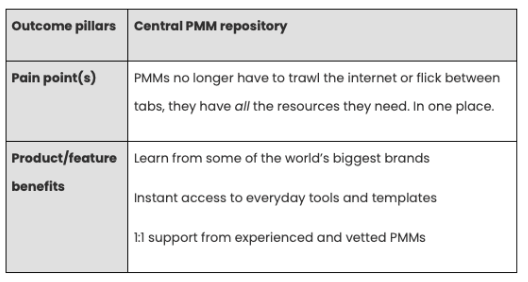
Product or feature details
The penultimate row is for your product or feature’s details. This outlines the parts of your product that are responsible for the benefits we just listed. In our case, that would be 100s of hours of product marketing presentations from senior-level product marketers, a hub packed with templates and frameworks, and access to product marketing mentors.
In theory, you should have the same number of bullets for this row as the one above, as your product details should align with your benefits.
Proof points
Finally, you have your proof points. These are important in terms of validating everything else you’ve done in this exercise. Your word alone isn’t always enough to persuade people to buy; most people want some sort of evidence that you can deliver on what you’re promising them, whether that be in the form of a testimonial, case study, or award, for example.
Once you’ve completed this template and you, your team, and key stakeholders have approved all the wording, it’s time to turn your attention to the communication side of things again.
To save going through the communication ropes twice, it might be a good idea to communicate your positioning and messaging work together. Here are a few tips when it comes to nailing your communication:
1. Split your meetings by department so you can tailor the agenda to meet your audience. Your sales team will use your positioning and messaging differently from your product team, for example, and if you make people sit through stuff that isn’t relevant to them, you run the risk of them tuning out.
2. Go in hard with the benefits. Everyone has their own objectives and KPIs so helping you hit yours falls off their agenda. Help them and you by letting them know how your positioning and messaging will help them do their job better and make their life easier.
3. Provide your colleagues and customers with use cases. For example, for sales, that might be in the form of “you can use our elevator pitch in follow-up emails to help reiterate the value the product brings.”
4. Circulate uneditable versions of your templates to all relevant departments so they have it to hand whenever they want to use them.
5. Check-in down the line to see how people have found them. This’ll a) provide you with feedback that can be used in future iterations, and b) prompt people who aren’t already making the most of your templates to start.
Roundup
So how do you get maximum impact from your messaging maps? You need to always set realistic expectations.
You need to be truthful, clear, and concise on the spectrum between what your product owners believe the product to do and the experience the customer will have in reality. And it’s our responsibility as product marketers, to tell the truth, and create realistic expectations that inspire confidence.
You can make sure your messages are right on target and set the right expectations by listening to your customers and those who choose not to buy.
Win-loss interviews and client experience surveys provide great insight and details that you can use to make sure your messages are authentic, understandable, and manage expectations. If you hone your message to accurately set expectations, you can deliver on your valued promise and delight your customers.
Too often firms are a bit too aspirational in their messaging, and their customers are left disappointed.
You also need to secure buy-in from key stakeholders. You might have the best message maps in the world but if they aren’t used, you have just wasted lots of time. You want them to embrace what you’re proposing, not just review it, sign it off and forget about it.
Stakeholders will have so much valuable knowledge that they can share, if you show them how important it is to the success of your organization, they’ll be behind you 100%.
Common product messaging fails - and how to avoid making them yourself
When it comes to the most common failures, messaging has a lot.
A lot of people overcomplicate things. There are sentences that are way too long, they try to pack in millions of benefit statements, and their value proposition ends up being too long and complicated.
To avoid making the same mistake, try not to be fearful about missing out on a benefit or missing out on a feature. Perhaps you’re not sure what’s going to land with a prospect, so you feel like you have to say all the things that are great about the product.
If you do this, you’ll start confusing and overwhelming people, as there’ll be too much information to process. Your audience won’t be able to figure out what the core value is.
The solution to this is to consult with someone who wasn’t on the messaging project, ideally a customer, and learns which parts you can afford to let go of.
You can overcomplicate things by getting too technical and going too far down into the weeds. This is especially the case if you've got a super technical product. Again, this can make people struggle to grasp what you do or what your product is.
Oftentimes, people use too much jargon and the copy can become too fluffy. Don’t fall into the trap of putting stuff in just because it sounds good. Marketing speak can alienate people. Ditch the words that are unnecessary.
You need to understand where in the hierarchy you need to be messaging too. Fail to understand the different levels, and your messaging won’t have the desired impact.
Let’s quickly run through the layers. The highest level is the brand level. It’s your company story and explains what value you’re offering as a company. You should know what your main pillars are and what the high-level company story is.
Now for an earlier stage start-up, where you've got one product, that message is also the main value of that product; at this stage your value proposition will show them what they can expect working with you, and some key benefits.
For a later stage company with more products, different solutions, use cases, and things like that, you've got the company level. This is high-level, its what this company stands for and delivers on through its collections of products and solutions.
There's a layer below it at the product messaging level, where you’re focused on the value and the specific benefits of the product. There’s a layer even below that, into the technical side of things, getting more into the features, benefits, and specs of the product itself, that would go into sales enablement for example.
So there are three levels. Sometimes people make the mistake of spending too much time up high at that lofty company level when they actually need to prioritize that product piece in the middle.
Some companies are diving straight into that deeply technical bottom level when they need to first show the business value of the product. Understanding where in the hierarchy you need to focus your messaging is important.
How to improve your product messaging knowledge
In the State of Product Marketing Report 2021, product positioning and messaging emerged as the leading product marketing responsibility, with 92% of respondents earmarking this as a key part of their role.
Our Messaging Certified course is the perfect opportunity to develop your knowledge of core messaging principles.
Igor Kranjcec, Head of Marketing at Mediatoolkit has completed the course, and couldn’t help but sing its praises:
“Another home run from PMA! This is a perfect course that explains how to do messaging in detail, with priceless input on common pitfalls. To quote the course instructor Bryony, 'if you don’t take ownership over the message your product is sending, other people will.’”
Create messaging that’ll demonstrate the value of your product, grab your audience’s attention, and ultimately, compel them to take action and purchase your product.


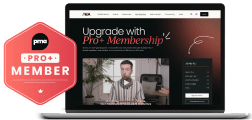


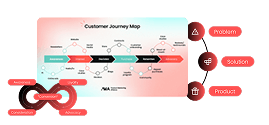
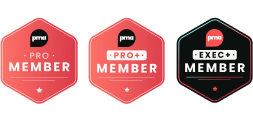

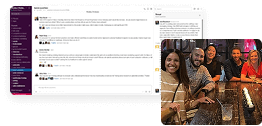
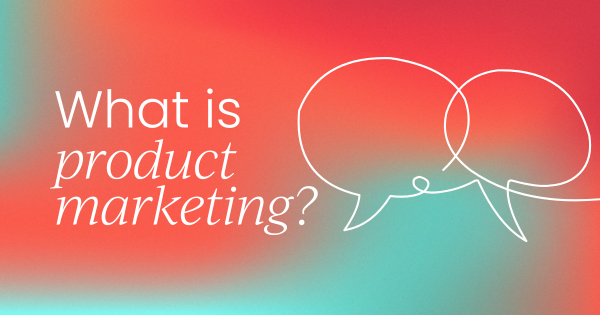
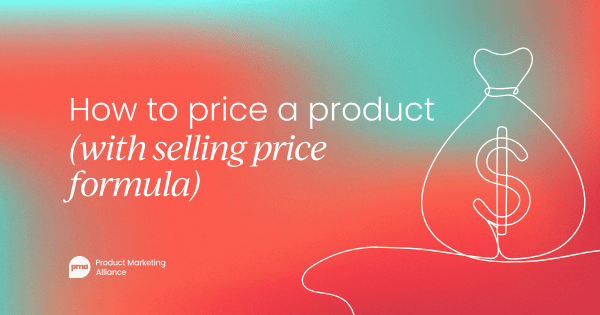
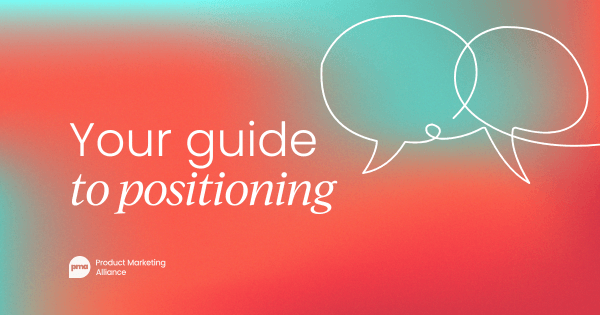
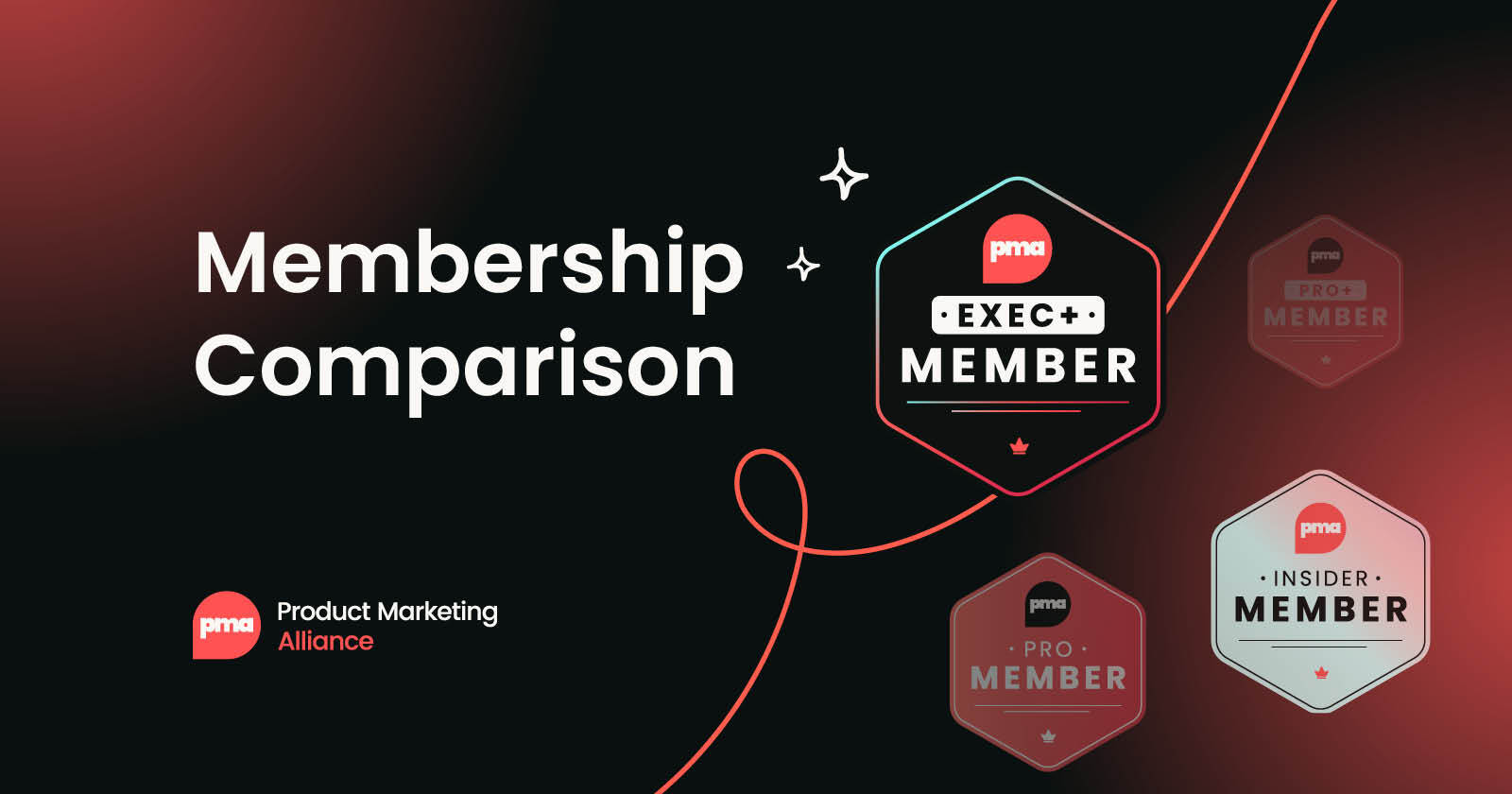
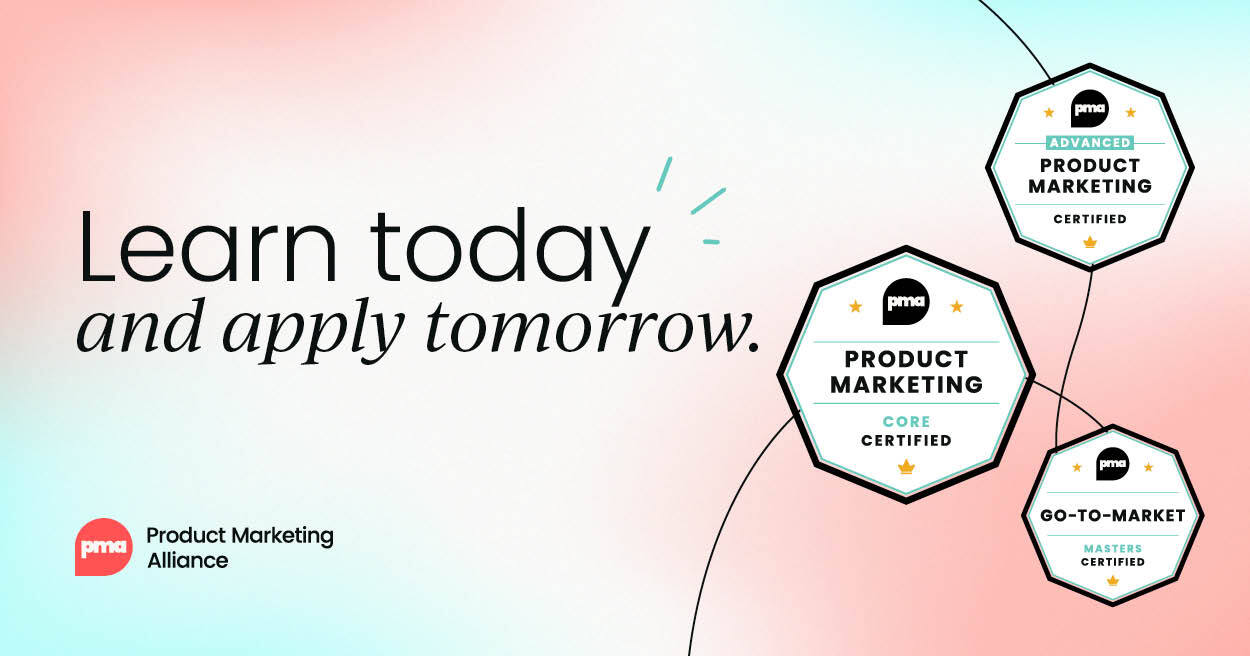
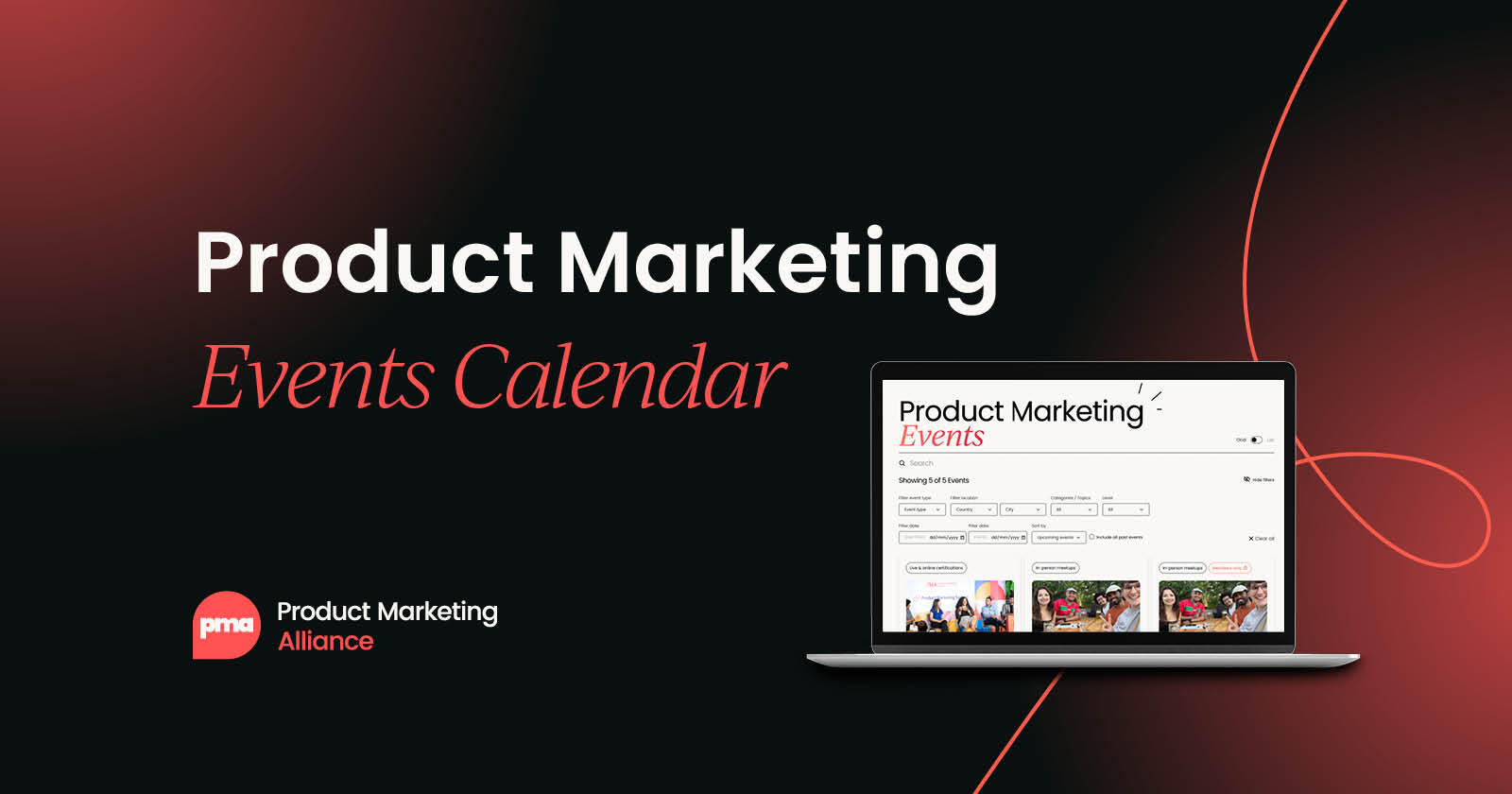
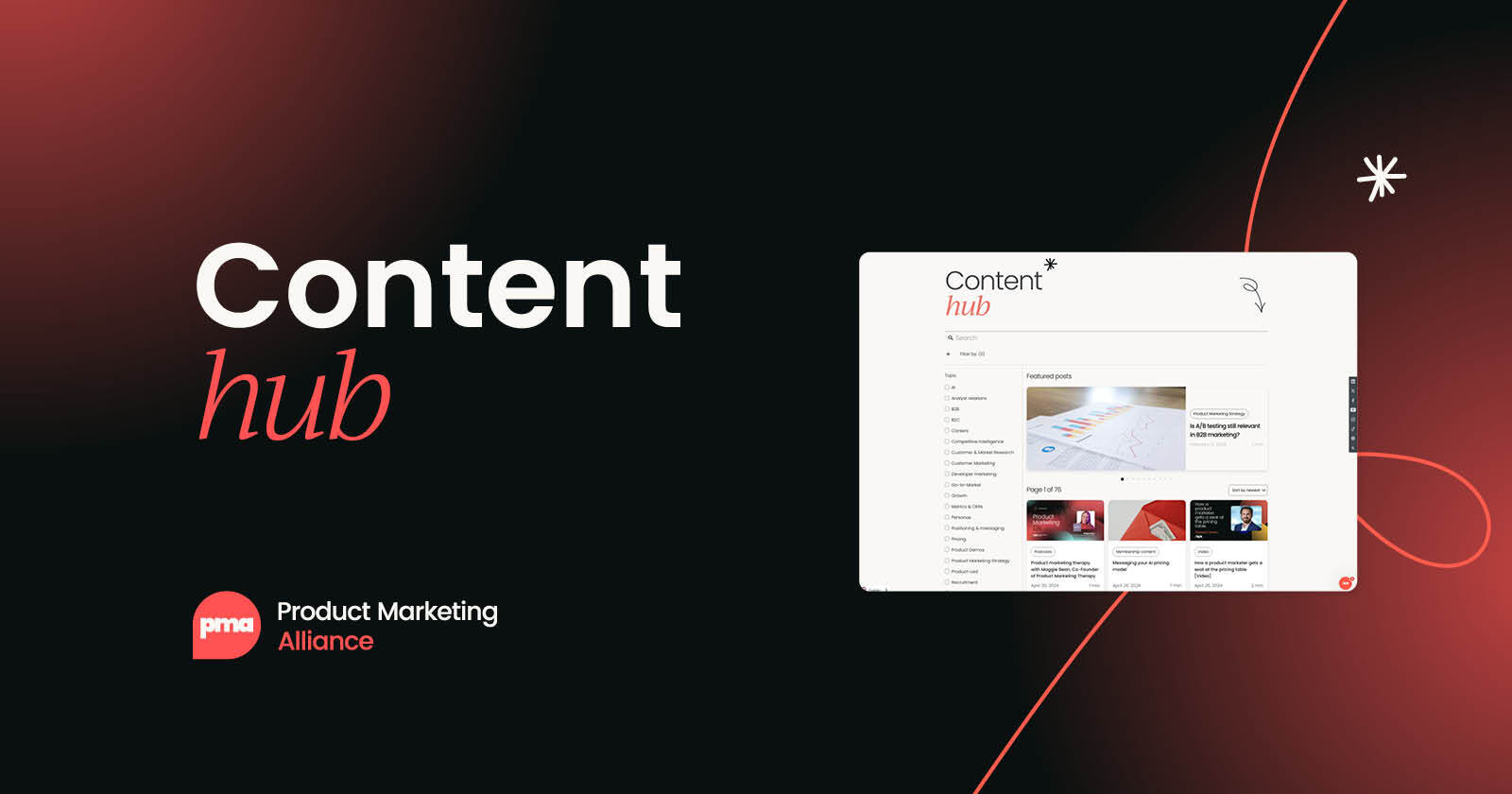

 Follow us on LinkedIn
Follow us on LinkedIn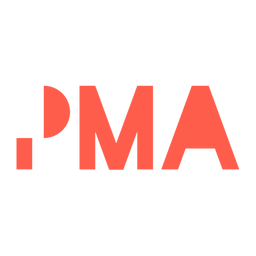



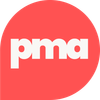
.svg?v=7919bee89c)